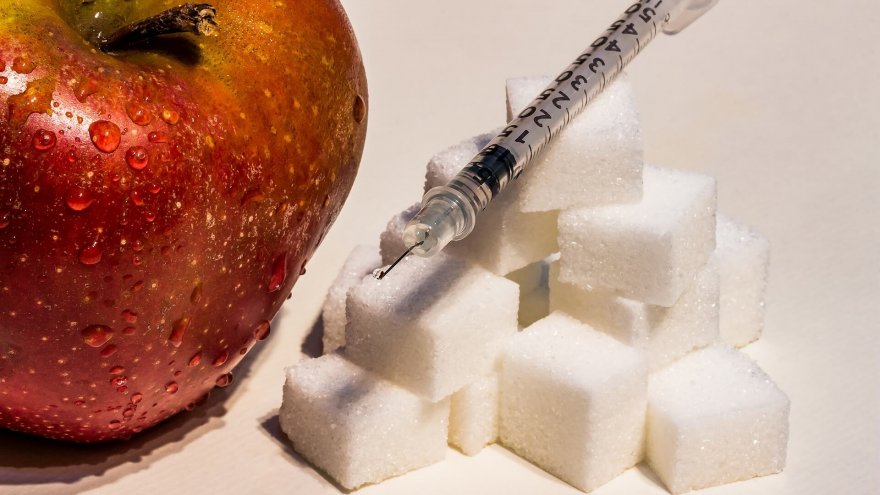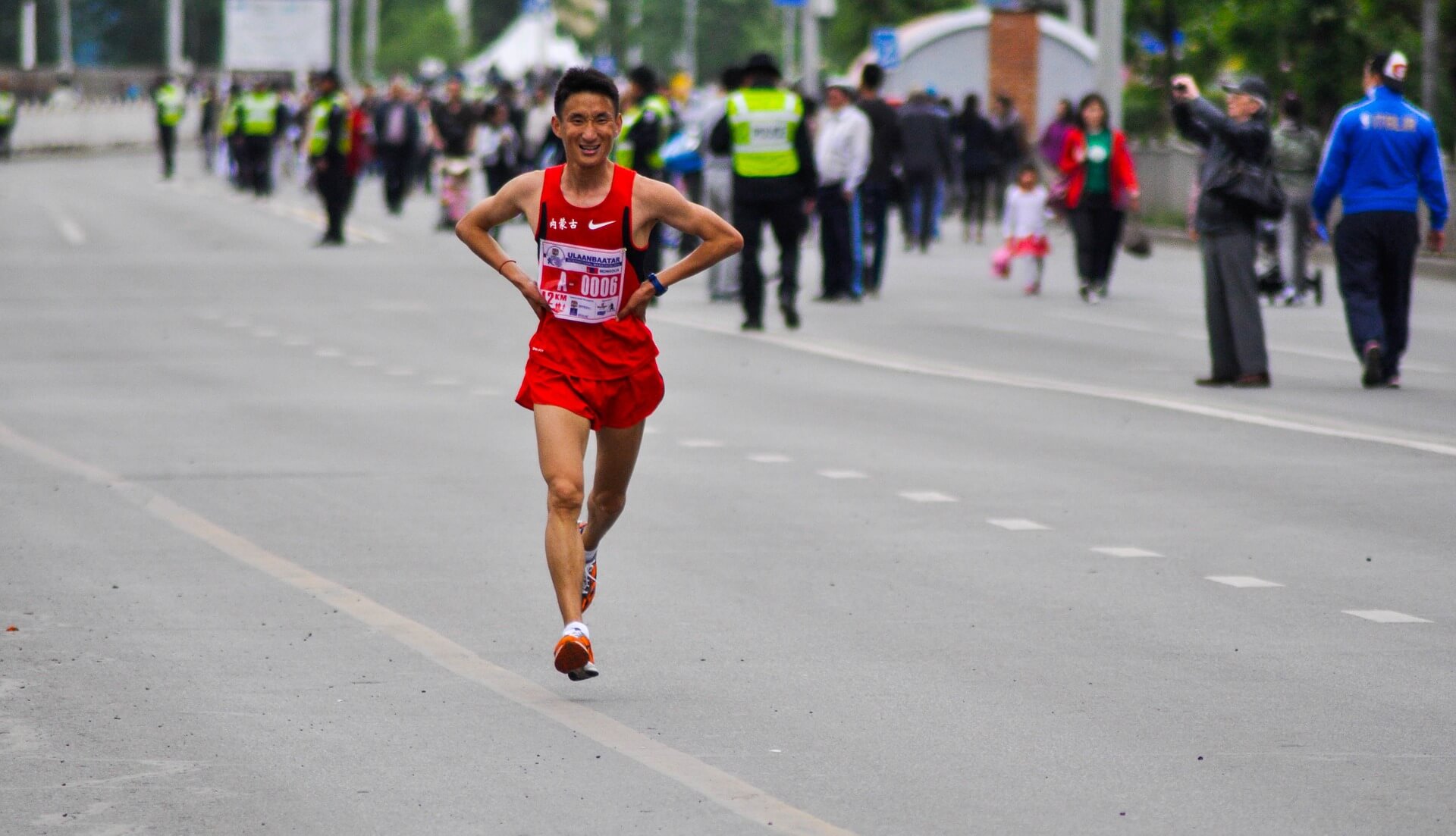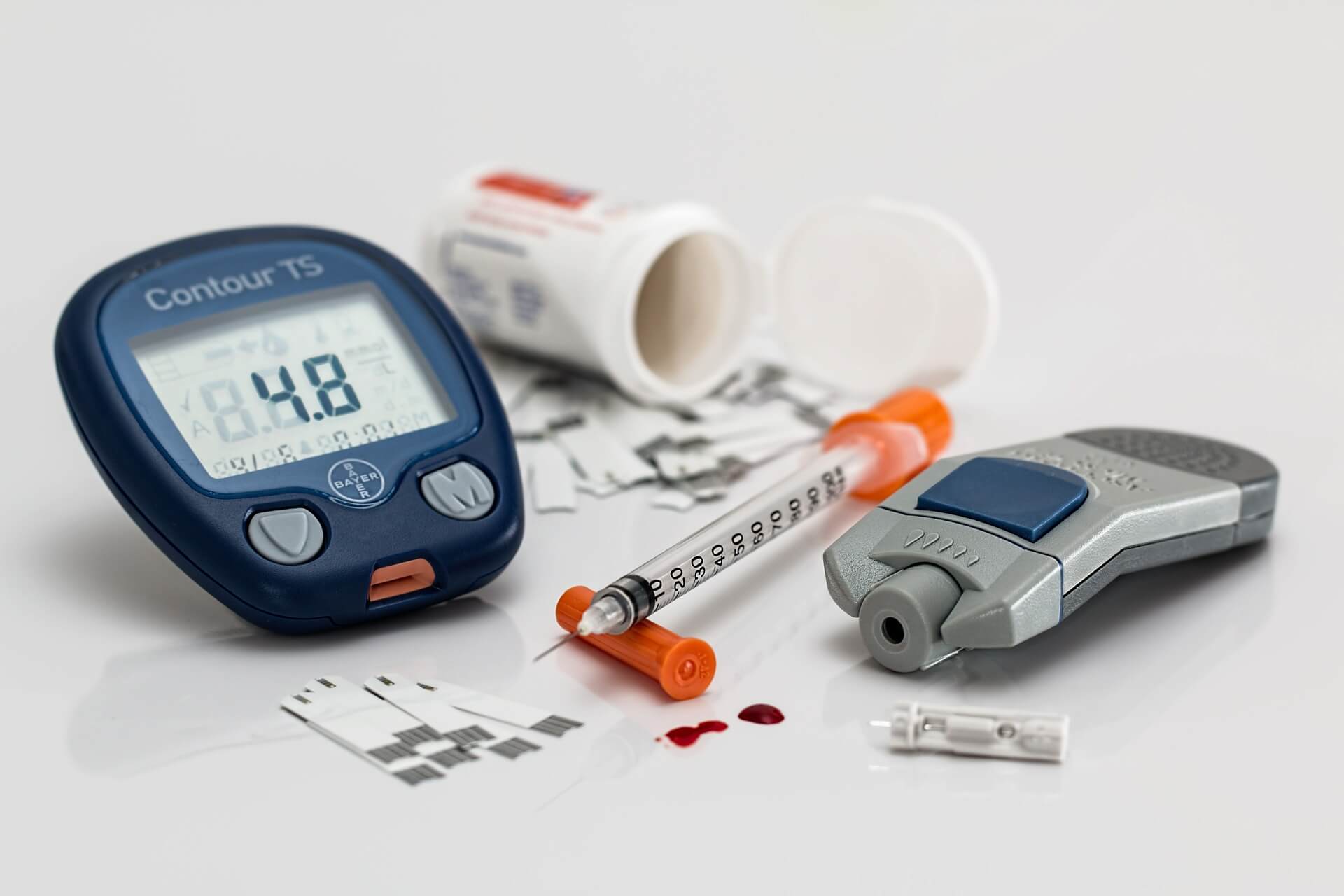The Diabetic Runner

Diabetes can be a complicated disease for anyone, especially for those who are trying to live an active lifestyle. It requires constant monitoring of blood glucose levels and daily management through medications and diet. Diabetes is a group of diseases that involves problems with the hormone insulin. The pancreas in the body is responsible for releasing insulin to assist with the metabolism of the sugar and fat from our diets. With diabetes, the pancreas releases little or no insulin or the body does not respond properly to the insulin secreted. Unfortunately there is no cure for this disease. In order to stay healthy, individuals with diabetes must practice management daily, as it may lead to complications over time.
Diabetes is currently the sixth leading cause of death and the leading cause of blindness, amputation, and end-stage kidney failure in adults. Without proper diagnosis and management, those affected with these diseases are at an extremely high risk of developing debilitating health issues. There are different types of diabetes including Type I, Type II, and gestational diabetes. About 90% of those diagnosed have Type II diabetes. With the growing population of overweight and obese individuals, this percentage continues to grow, especially in young children and teenagers. With all cases, it is possible to manage the disease with proper medications, diet, and exercise.

Type I
Type I diabetes is when the immune system destroys the cells responsible for producing insulin in the body, which eventually leads to no pancreatic release of the hormone. This type will usually appear in childhood or adolescent years and cannot be prevented. Type I diabetes is usually discovered with sudden symptoms of high blood sugar levels that turn into a medical emergency. It is also common for those affected with this type to experience low blood sugar symptoms as a result of the medications used to control the disease. Exercising, especially partaking in long distance running, requires proper and selective planning to make sure the body stays fueled with the appropriate glucose levels.
Unfortunately, type I diabetes requires insulin management through oral or injectable medications, along with diet considerations. The key to making sure blood sugar does not drop to the point of developing symptoms while exercising is to fuel the body with glucose before this occurs. This planning may necessitate trial and error since every body is different. A safe approach is to always bring gels or chews along on all runs, and be ready to ingest every 15 to 30 minutes. This will all depend on many factors, such as time since the last meal, duration and intensity of the run, time of the day, insulin levels before the run, and responses to previous similar bouts of exercise. It is important to understand the symptoms of low blood sugar and most definitely not ignore them.

Type II
Type II diabetes can develop at any age. With this type the body is insulin resistant, which means it is unable to appropriately use insulin how it should be. Over time the pancreas may begin reducing the amount of insulin it releases, thereby creating insulin deficiency. Type II diabetes is most definitely preventable through a healthy lifestyle, including proper exercise, diet, and maintaining a healthy weight. More recently children are developing this condition at a higher rate due to the increasing numbers of obesity and sedentary lifestyles. This disease rarely has symptoms early on until blood sugar levels rise significantly. Initial symptoms include frequent thirst or urination, faster weight gain and increased appetite, which are all easily ignored.

Managing type II diabetes can be done through proper diet and lowering body weight. Monitoring blood glucose levels is important just as with type I in order to understand your body’s response to exercise. If blood sugar cannot be controlled through diet and exercise, doctors may prescribe medications to manage insulin. It is extremely beneficial to include any type of exercise with type II diabetes as it helps to lose weight and maintain a healthy body weight.
Running with type II diabetes requires a slightly different planning than with type I due to the effect of the amount of glucose ingested. If going out for a short or easy run, you may not want to ingest sugary gels or drinks, unless your last meal was several hours prior. You do not want to negate the calorie burning effects of exercising. This is a better idea to save for long runs and harder workouts to make sure your energy stays where it needs to be. Timing of exercise will also require some planning as exercise is helpful to manage insulin sensitivity, and these effects can last from one to three days. If you have a higher calorie meal, for example, that would normally cause a spike in blood sugar, it may be beneficial to go for a run after this meal to avoid that spike and keep blood sugar levels in a normal range.

Gestational Diabetes
About 10% of pregnant women develop diabetes during pregnancy, despite having any symptoms prior. Research shows that practicing a healthy lifestyle and maintaining a proper body weight prior to becoming pregnant reduces the risk of developing gestational diabetes by at least 50%. Although this form of diabetes is temporary, it can pose dangerous risks to the mother and baby if not managed appropriately. To treat this type of diabetes, proper meal planning, physical activity, and blood sugar monitoring is necessary. As with type II diabetes, planning runs around meals is part of the management.
To decrease your risk of developing any type of diabetes, it is important to practice a healthy lifestyle and maintain a healthy body weight. Although other factors can contribute to developing these conditions, such as family history, high blood pressure, and race, a healthy lifestyle can make a significant impact. As with any other disease or health problems it is helpful to mention to your doctor that you are a runner, since blood sugar responses can be affected by activity. There are also diabetes specialists and dieticians that can assist with proper meal planning, fueling options and meal timing for endurance athletes who are struggling with any type of diabetes.
Sources
Latest Articles
 Is Running on a Treadmill Easier Than Running Outside?Runners have their own preferences, whether it is treadmill running, running outside on the road, or exploring trails. So...
Is Running on a Treadmill Easier Than Running Outside?Runners have their own preferences, whether it is treadmill running, running outside on the road, or exploring trails. So... Is It OK to Use Trail Running Shoes on the Road?While trail running shoes can be used on roads, especially in situations where a runner encounters mixed terrains or pref...
Is It OK to Use Trail Running Shoes on the Road?While trail running shoes can be used on roads, especially in situations where a runner encounters mixed terrains or pref... How to Fix Sore Quads After Running?Rest, ice, gentle stretching, and over-the-counter pain relievers can help soothe sore quads after running. Also, ensure ...
How to Fix Sore Quads After Running?Rest, ice, gentle stretching, and over-the-counter pain relievers can help soothe sore quads after running. Also, ensure ... 10 Fruits With The Most Electrolytes to Replace Sports DrinksThese fruits are high in electrolytes such as potassium, magnesium, and calcium, essential for hydration, muscle function...
10 Fruits With The Most Electrolytes to Replace Sports DrinksThese fruits are high in electrolytes such as potassium, magnesium, and calcium, essential for hydration, muscle function...

